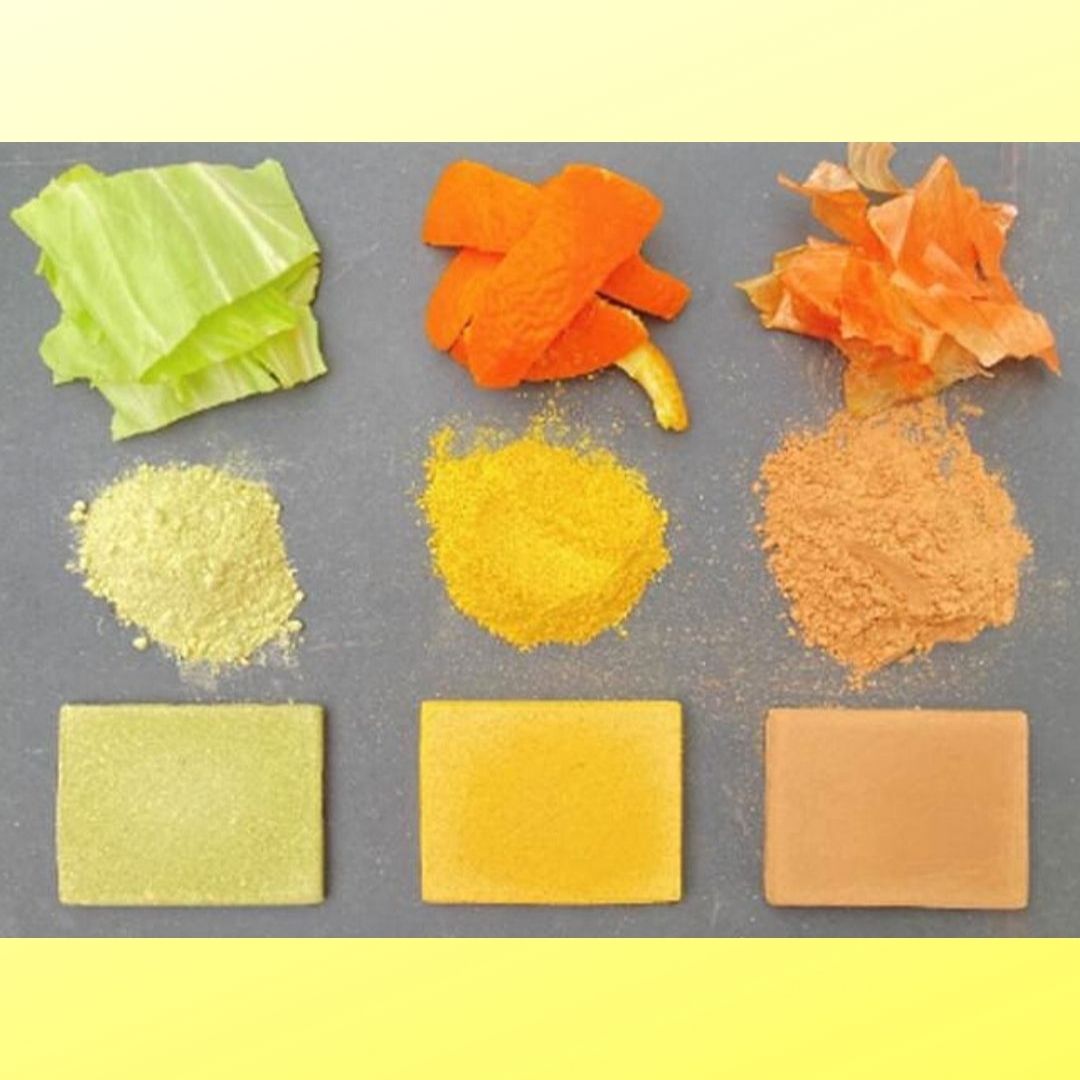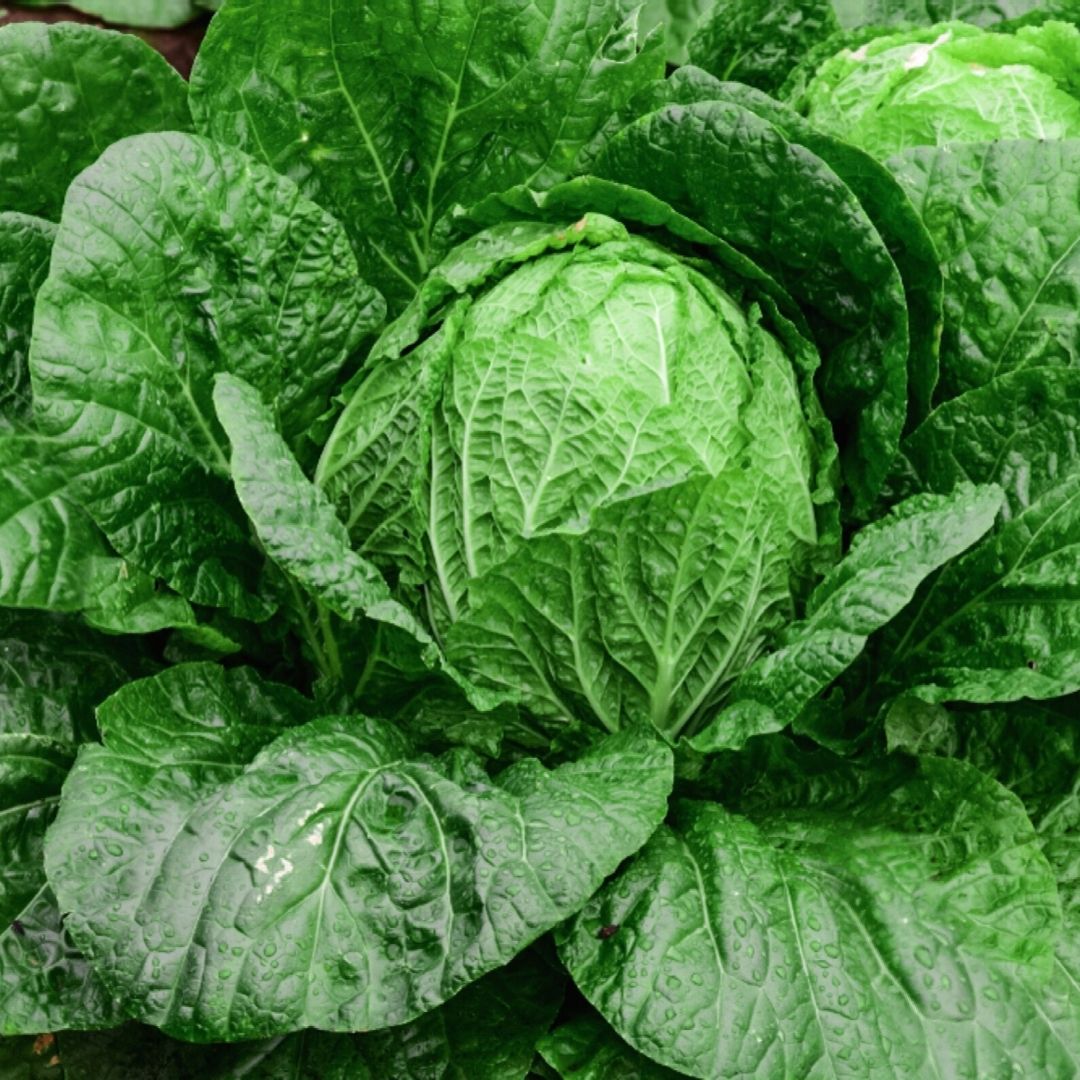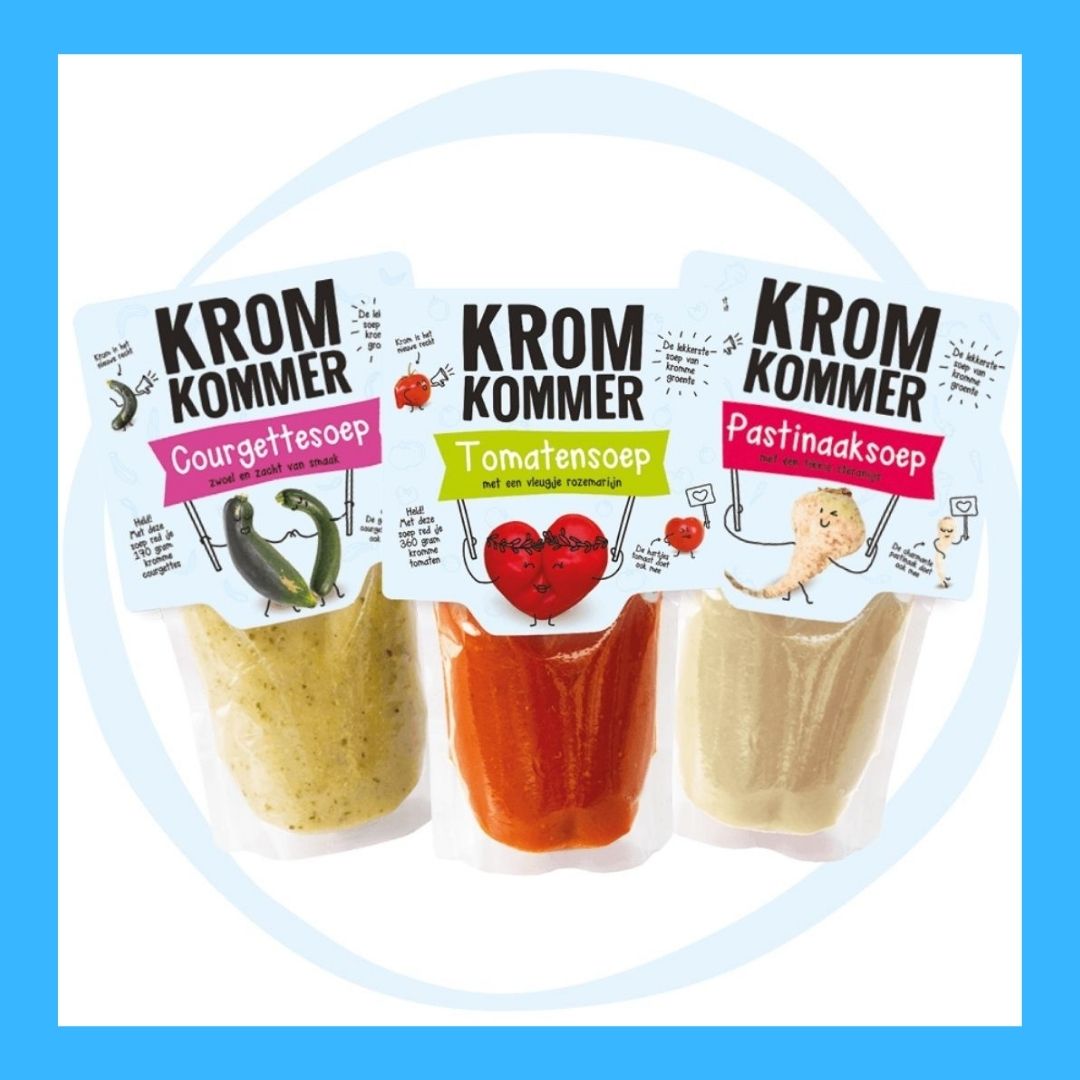Building a house with… food scraps? That’s right! Researchers from the University of Tokyo have recently discovered a way to transform food scraps — like cabbage leaves, pumpkin skins and seaweed — into sturdy, long-lasting building materials.
Amazingly, the “food waste blocks” are stronger than concrete — so who knows? Maybe in the future, we’ll all live in houses made from food scraps!


What Are Food Waste Blocks?
Researchers from the Institute of Industrial Science at The University of Tokyo were curious as to how organic materials, like food and veggie scraps, could potentially be recycled into something useful.
Their goal — explains lead researcher, Yuya Sakai — was to use seaweed and common food scraps to construct materials that were at least as strong as concrete. "But since we were using edible food waste, we were also interested in determining whether the recycling process impacted the flavour of the original materials," says Yuya Sakai in the Press Release.
As it turns out, the food waste blocks remained edible after four months of exposure to air! The blocks also resisted rot, fungi, and insects — pretty amazing, right?


How Are Food Waste Blocks Made?
They’re made using a process called ‘heat pressing’, which is typically used to make construction materials from wood powder. Except, in this case, the powder substance comes from vacuum-dried, pulverised food scraps — like seaweed, cabbage leaves, orange, onion, pumpkin, and banana peels!
The powder is mixed with water and pressed into a mold at a very high temperature to create a solid brick. The results exceeded the expectations of the researchers!
“With the exception of the specimen derived from pumpkin, all of the materials exceeded our bending strength target. We also found that Chinese cabbage leaves, which produced a material over three times stronger than concrete, could be mixed with the weaker pumpkin-based material to provide effective reinforcement,” said Kota Machida, a senior researcher.


What’s The Problem With Food Waste?
You might be thinking — why would we need building materials that are made from food scraps? Well, here’s the thing: if food waste was a country, it would be the third-largest greenhouse gas emitter, behind the USA and China. Plus, almost half of all fruits and vegetables produced are wasted — that’s 3.7 trillion apples!
We have a global problem with food waste. Aside from changing the way we grow and consume food, we also need to come up with creative ways to use the resulting ‘waste’ to reduce greenhouse gas emissions from landfill, and ultimately, tackle climate change.
Recycling food scraps into sturdy building materials opens the door to a wide range of exciting possibilities in our construction, food and waste industries!


These Companies Are Getting Creative With Food Waste!
There are so many different ways to manage our food waste at home — especially with a tonne of handy food waste tips and composting guides for beginners!
Reducing commercial food waste is a bit more complex, but there are some amazing companies working to upcycle food ‘waste’ into new products.
In Australia, Aqua Botanical extracts, filters, and mineralises the water used from the production of juice concentrate. In the US, Pure Plus transforms imperfect fruits and vegetables into powdered sugar substitutes and plant-based candy!
In The Netherlands, Kromkommer rescues ‘ugly’ and imperfect produce to create delicious soups, like the Wonky Veggie Soup!
What do you think of this amazing innovation? In the future, we’d love to see buildings and houses made from colourful food scraps!
For more examples of creative, sustainable innovation — check out the Eco News category and the blogs below.
Turn Food Waste Into Compost In A Few Hours With Pela’s New Lomi
These Recycled Skateboard Wheels Are Made From… Chewing Gum!

